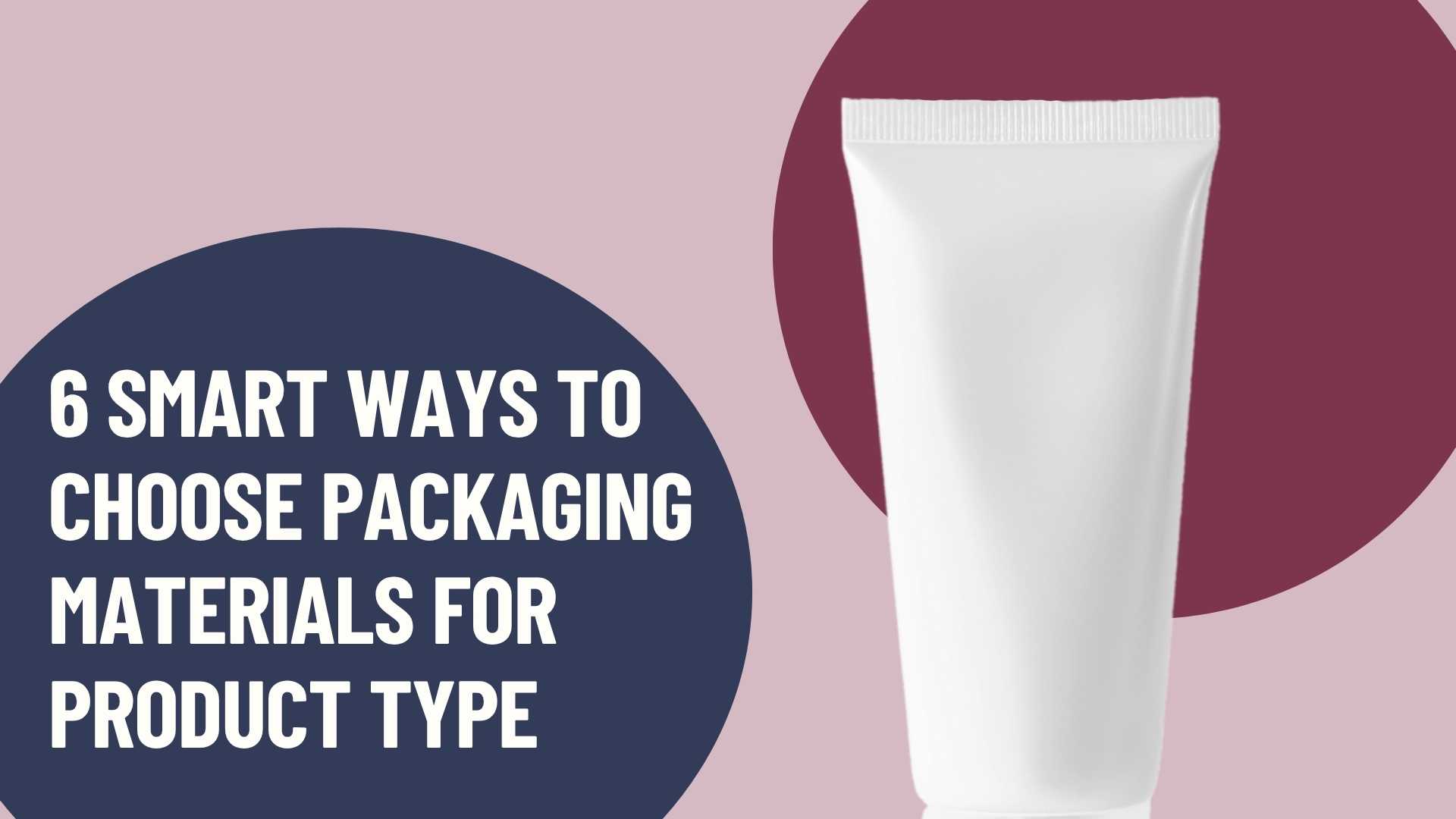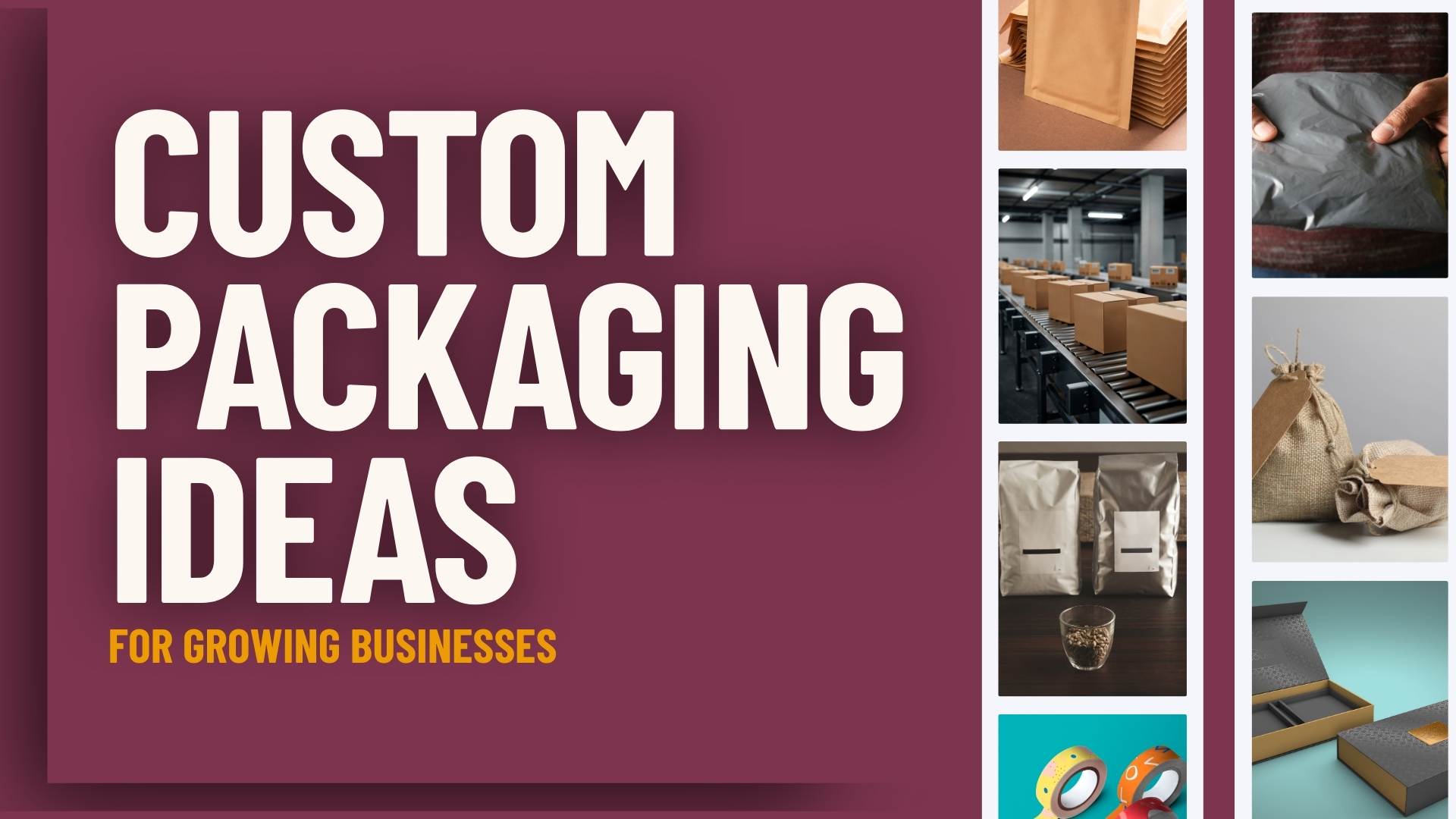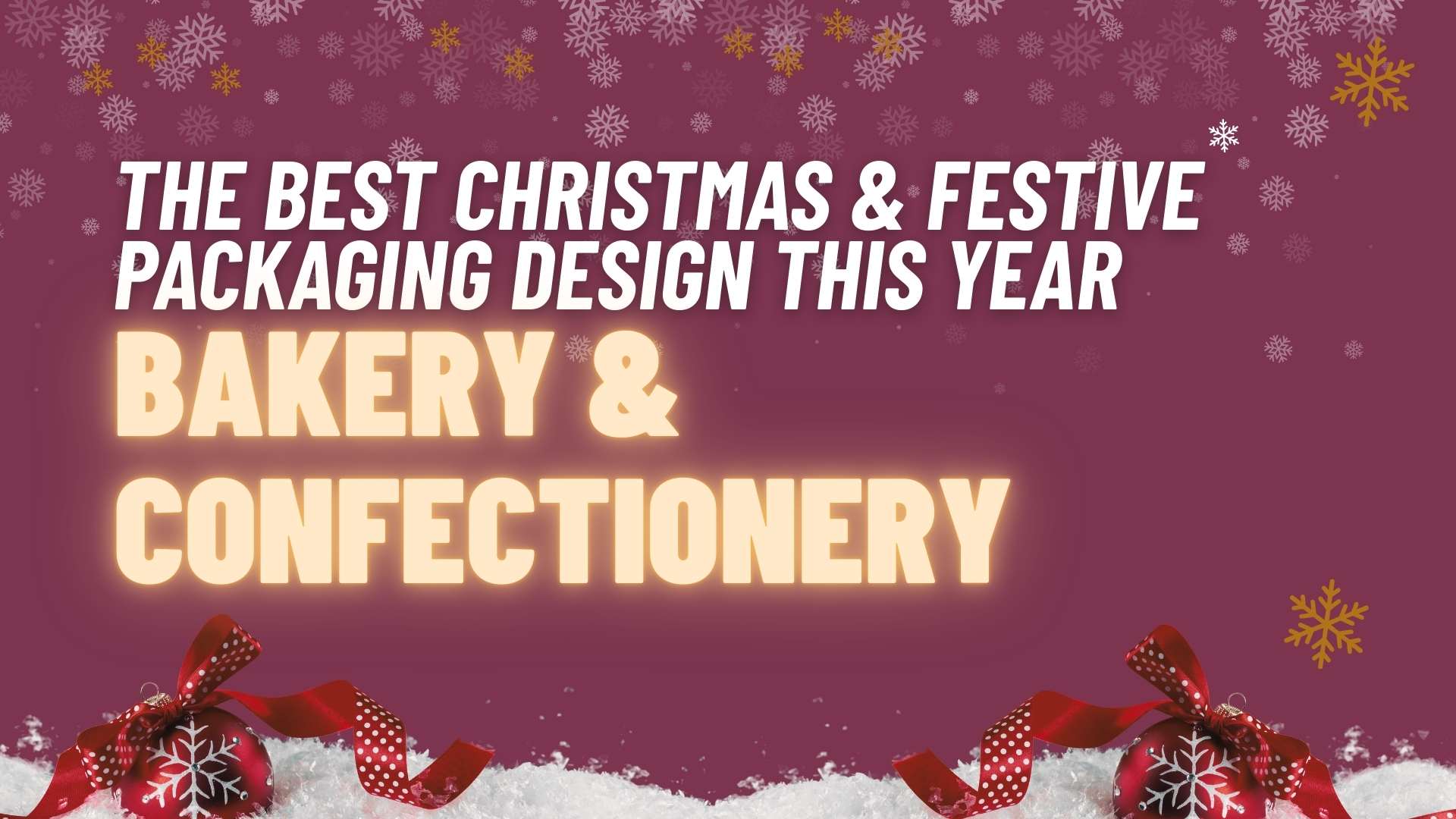As a small business owner, your packaging materials say a lot about your brand, often before your customer even opens the package. Whether you’re shipping handmade candles, gourmet snacks, or high-end skincare, your choice of packaging needs to strike the perfect balance between looking good, keeping your product safe, and satisfying the growing demand of consumers who actively seek sustainable choices.
So, how do you choose the right packaging materials for your product, without wasting money or risking non-compliance?
Understand Your Brand Identity First
Before you even start looking at box sizes or flute grades, get clear on who you are as a brand.
- Are you focused on a premium, polished look?
- Is eco-friendliness part of your value proposition?
- Do your customers expect minimalist packaging, natural packaging, or something bright, glossy, and retail-ready?
- Are you selling fragile or heavy products that need strong protection?
- What are the competitors in your space doing, and how can you disrupt and differentiate from the crowd?
Once your brand identity is clear and you know how you want to be perceived — clean and minimal, bold and luxurious, eco-conscious and earthy — that will help guide the discussion around your packaging material choices.
Analysing Your Product Type
Now let’s talk about what you’re actually packing. The type of product you sell will directly influence the kind of packaging you need, both in terms of performance and legal compliance.
Here are a few key factors to think about:
1. Is Your Product Fragile or Heavy?
If you’re selling something that can easily be damaged by pressure, like glass jars, electronics, or soft goods, you’ll need packaging with strong compressive strength.
Just so you know: the ability of your packaging to resist crushing can decrease over time, especially in humid environments. A box that can hold 500 kg for a few hours might need to support 700 kg if it’s sitting in a warehouse for weeks. Humidity can also increase the board’s moisture content, weakening it further.
So don’t skimp here — choosing the right grade means fewer damaged products and happier customers.
2. Will the Product Be Handled Often?
If your products are being moved around a lot — individually or in small batches — you need to think about containment too. Will the box survive a drop? Will the seams hold up if the product inside has sharp edges?
If it’s a yes to either, you’ll want tougher packaging and a reliable glue bond. The last thing you need is for your product to spill out on its journey.
3. Do You Use Recycled Materials or Plan To?
Recycled packaging is a smart move for your brand image and for the planet, but it comes with rules.
According to current EU regulations, recycled plastic used in food or consumer packaging must go through approved decontamination processes to avoid unwanted substances like BPA showing up. Even if you didn’t add BPA, it could still be present in recycled materials. So if your packaging comes into contact with food or anything skin-related, testing is a must.
You don’t have to handle that yourself — Most suppliers will provide the relevant certification on food grade materials, but it’s always wise to discuss the products you plan to pack in the packaging, so they are aware, as different materials vary in their ability to keep food.
If you’re using bespoke materials without certification you can always choose a company like AIMPLAS who offer sensitive testing methods that can catch even trace levels of substances that might raise a red flag with regulators.
Choose the Right Packaging Materials for Your Product
What material is best for my product?
- Primary Packaging: Materials that have direct contact with the product (e.g., glass, plastic, cardboard).
- Secondary Packaging: Outer packaging for branding and marketing (e.g., boxes, sleeves).
- Tertiary Packaging: Bulk packaging for storage and transport (e.g., pallets, shrink wrap).
- Ancillary Packaging: Additional materials like inserts, labels, or tags.
For a deeper dive into how to select the right packaging that both customers and retailers will love, read our guide on How to Choose the Right Packaging for Your Product That Retailers and Customers Love.
Material Sustainability and Brand Image
If you’re a startup or small brand, you’ve probably noticed that everyone’s talking about sustainability. And for good reason — today’s customers are paying attention to more than just your product. They’re asking:
- “What’s this made of?”
- “Can I recycle it?”
- “Does this brand actually care about the environment, or is this just greenwashing?”
The packaging you choose can speak volumes about your values. To explore practical ways to align your packaging choices with environmental goals, check out our article on sustainable packaging.
Recycled Doesn’t Mean Risk-Free
Using recycled materials is a great way to reduce your environmental impact and connect with eco-conscious customers. But here’s the catch: if you’re packaging food, cosmetics, or anything that touches the body, you need to be extra careful. Even if BPA (a known endocrine disruptor) isn’t intentionally added, it can sneak in through recycled plastic.
That’s why EU laws — like Regulation (EU) 2022/1616 — now require that recycled plastic packaging go through strict processes to ensure it’s safe.
Regulations Are Catching Up — Fast
If you sell in the EU or UK, it’s important to keep an eye on packaging laws. In Spain, for instance, there’s now a tax on non-recycled plastic in non-reusable packaging. And under the UK’s Extended Producer Responsibility (EPR) rules, you may be financially responsible for how your packaging is collected and recycled.
That means choosing sustainable, recyclable materials isn’t just a good brand move — it can also save you money and help you avoid fines.
Design and Aesthetic Considerations
Of course, sustainability and safety are key, but let’s not forget that first impressions matter. Your packaging might be the first real interaction someone has with your brand. So what does it say?
If You’re Going for a Premium Feel…
If you want that polished, upscale look (think cosmetics, boutique food, artisan goods), you’ll want a smooth surface for printing. This is where finer flute grades — like E, F, or N flutes — really shine. They give you a cleaner surface for graphics, labels, or branding elements.
Next is the print finish; this aspect is by far the most important. By combining different varnishes like Soft Touch, Matt, Gloss & Tactile, you can take consumers on a sensory journey. First they will see the difference as they walk past your product on shelf, the varnishes catch the light in different ways, creating varnish combinations make it even more noticeable.
Then, when they pick up the product, soft touch and tactile varnishes come into play, creating raised sections of textured feeling on smooth surfaces.
Packaging for Different Customer Experiences
As a small business, you’ve got a lot going on, and often packaging materials are overlooked —but it’s a way to differentiate from the competition, and done right it will help to build loyalty, reinforce your brand, and leave a lasting impression. Here’s how:
How Packaging Influences First Impressions and Customer Satisfaction
Your customer starts judging your product the moment it lands on their doorstep. Is it easy to open? Does it feel premium or eco-conscious? Is it oversized, underwhelming, or just right?
Poor packaging — whether it’s flimsy, damaged, or generic — can lead to negative reviews or product returns. On the flip side, good packaging makes customers feel confident in your product before they’ve even tried it.
If you’re shipping fragile or sharp-edged products, make sure your packaging resists compressive forces (so it won’t collapse in a warehouse) and has high containment (so it won’t split open when dropped). That means choosing the right flute and board strength, not just the cheapest option.
Creating a Memorable Unboxing Experience That Aligns with Your Brand
The unboxing moment is your mini stage. Want your customers to feel something when they open your package?
Use:
- Clean inner printing. Here you can also add a message or QR code
- Varnishes & Special Print Finishes. Provide sensory experiences.
- Compact, well-fitted boxes. Make packaging feel intentional, not loose and ill fitting.
If your brand identity is earthy and natural, a raw kraft finish works beautifully. If you’re going for luxury, a white-coated liner on an E-flute board might give that sleek, clean look which matches your brand values.
Personalisation and How It Can Enhance Brand Identity
Personal touches go a long way — especially for small brands. You might not have a big budget, but:
- A thank-you note
- A custom sticker
- Or a branded stamp on the inside of the box
…can make your customer feel like they’re buying from real people who care. That personal connection is your superpower as a small business — use it.
Case Studies: See How Brands Do It Right
When it comes to choosing the right packaging, real examples are often the best way to learn. Here are 6 different brands using packaging smartly to reflect their identity, protect their products, and create memorable customer experiences.
1. Millions – Bright, Bold, and Youthful
- Product Type: Tiny chewy sweets
- Audience: Kids, teens, nostalgic adults
- Packaging Focus: Fun, shelf visibility, product variation
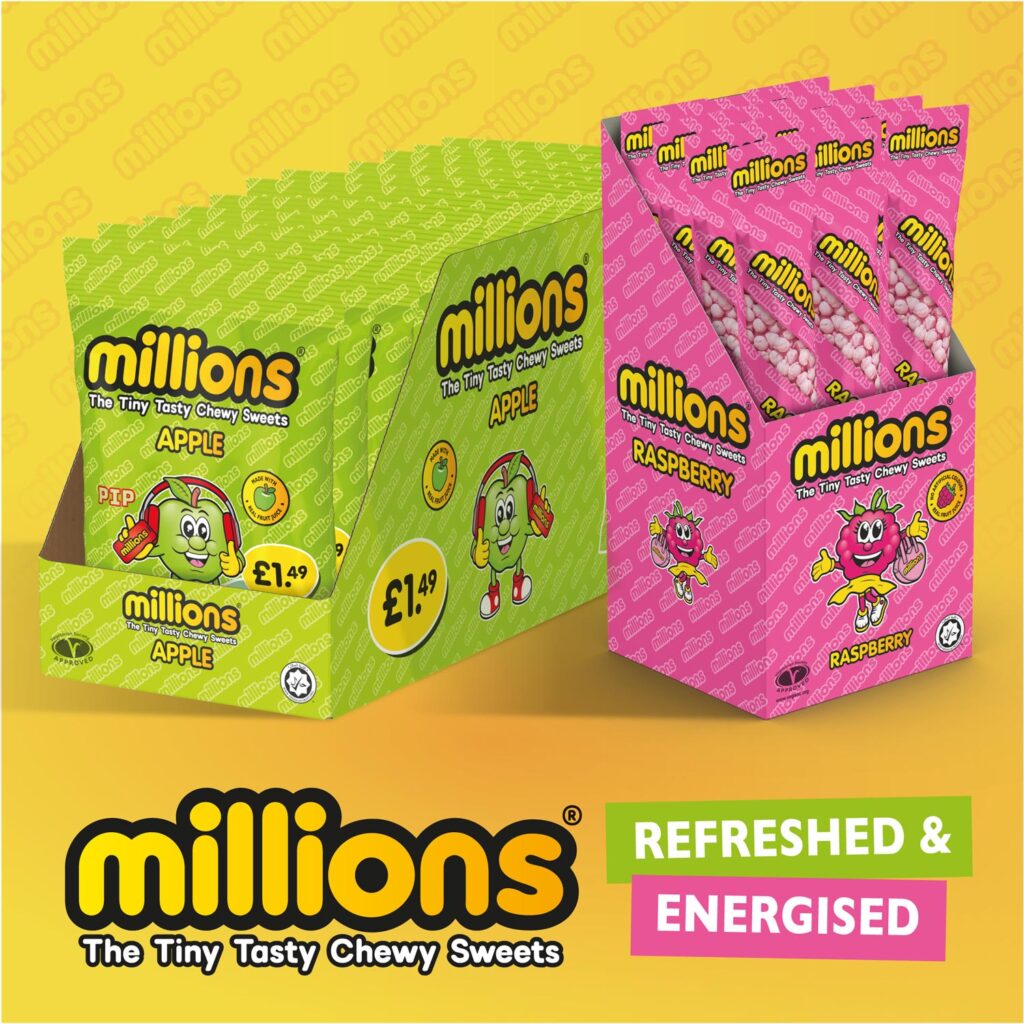
Millions use tall, slim stick packs with distinct colour-coding and playful characters for each flavour. The packs are visually loud and instantly recognisable, which is perfect for attracting attention in busy retail spaces. The material is a gloss polyprop film which the brand is actively working towards sustainable options.
If your brand is colourful, energetic, and appeals to younger customers, your packaging should reflect that tone. Use vibrant colours, dynamic layouts, and consistent branding across your range.
2. Good Vibes Tea – Premium and Reusable
- Product Type: Loose-leaf tea in metal tins
- Audience: Health-conscious, eco-aware shoppers
- Packaging Focus: Reusability, natural aesthetics, product freshness
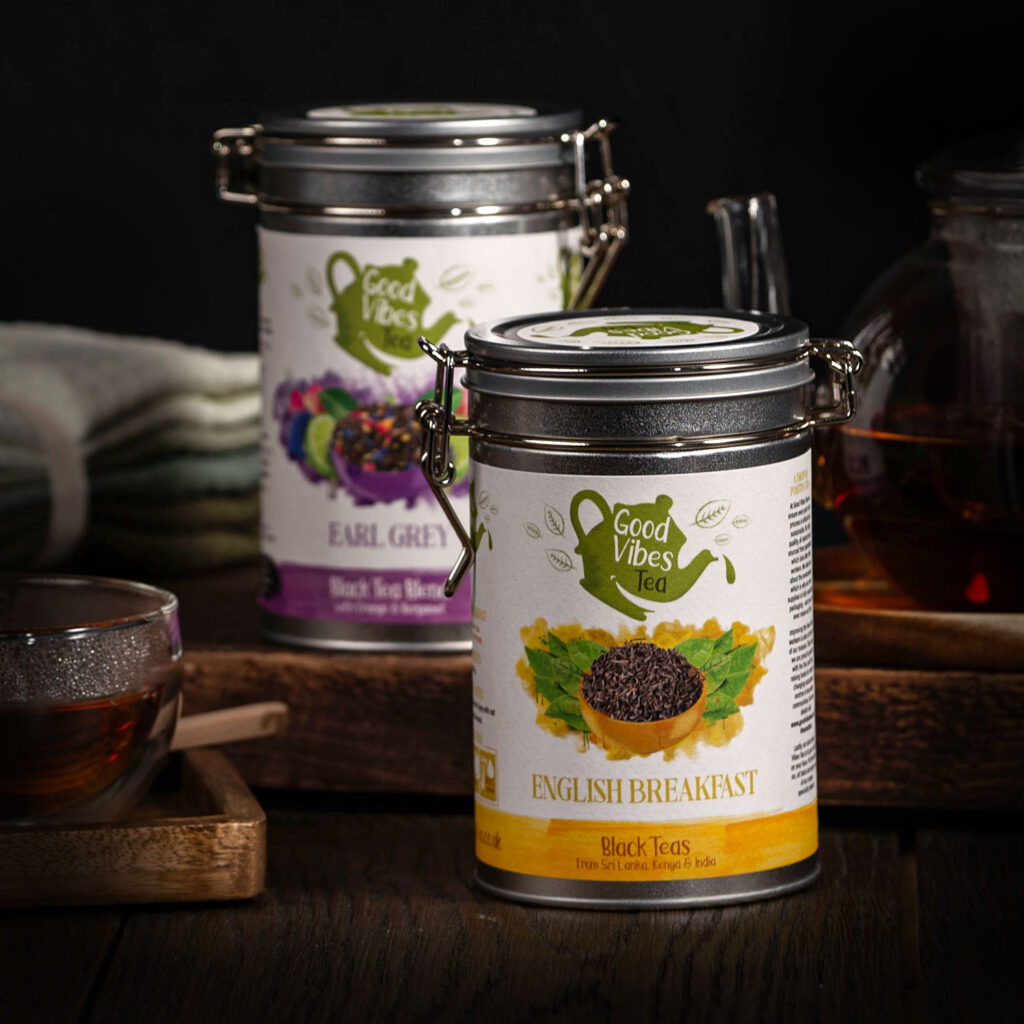
Good Vibes Tea opts for metal tins with latch-seal lids that suggest quality, longevity, and care. The design is elegant, natural, and clean, aligning well with a wellness-focused brand. This type of packaging also supports sustainability by encouraging reuse, while protecting the freshness of the tea inside.
If your brand values sustainability and craftsmanship, go beyond single-use packaging. Reusable or recyclable formats can enhance your product’s perceived value while appealing to eco-minded customers.
3. Tony’s Chocolonely – Storytelling Through Packaging
- Product Type: Chocolate bars
- Audience: Ethically-minded consumers
- Packaging Focus: Brand storytelling, ethical sourcing, social impact
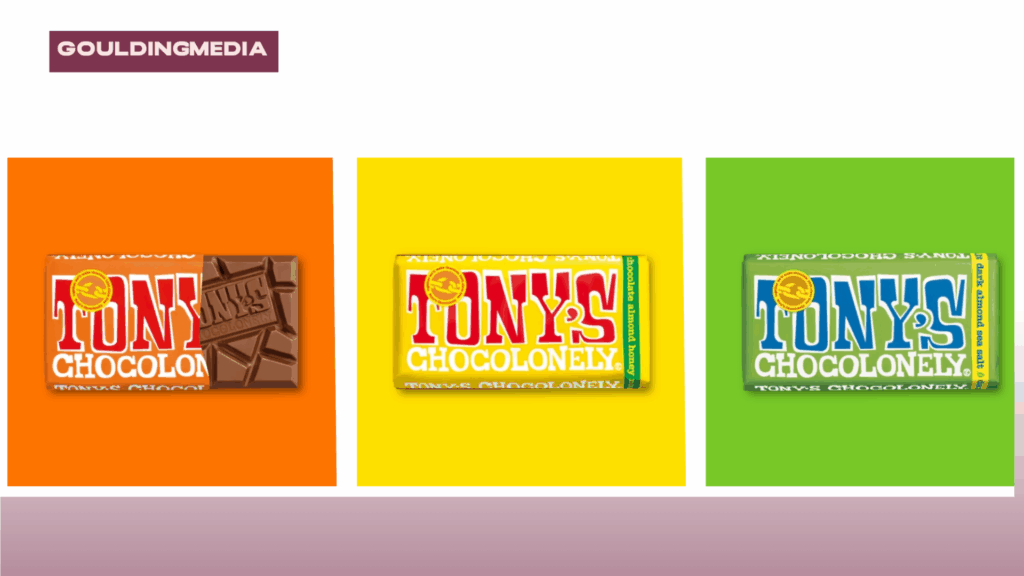
Tony’s Chocolonely uses its packaging as a powerful storytelling tool. Every wrapper communicates their mission to make the chocolate industry 100% slave-free by drawing attention to the inequalities in cocoa farming. The unevenly divided chocolate bar inside mirrors the unequal profits across the supply chain. The bright, bold packaging stands out on shelves while encouraging consumers to engage with the brand’s ethical narrative. QR codes, infographics, and concise storytelling on the pack ensure that their message is always front and centre.
If your brand has a strong social or ethical mission, your packaging can be a crucial vehicle for that message. Use your packaging real estate to educate, inspire trust, and build a loyal customer base that aligns with your values.
4. Mars – Sustainability Shift: From Plastic to Aluminium
- Product Type: Chocolate drinks
- Audience: Convenience buyers, environmentally conscious consumers
- Packaging Focus: Sustainability, recyclability, material innovation
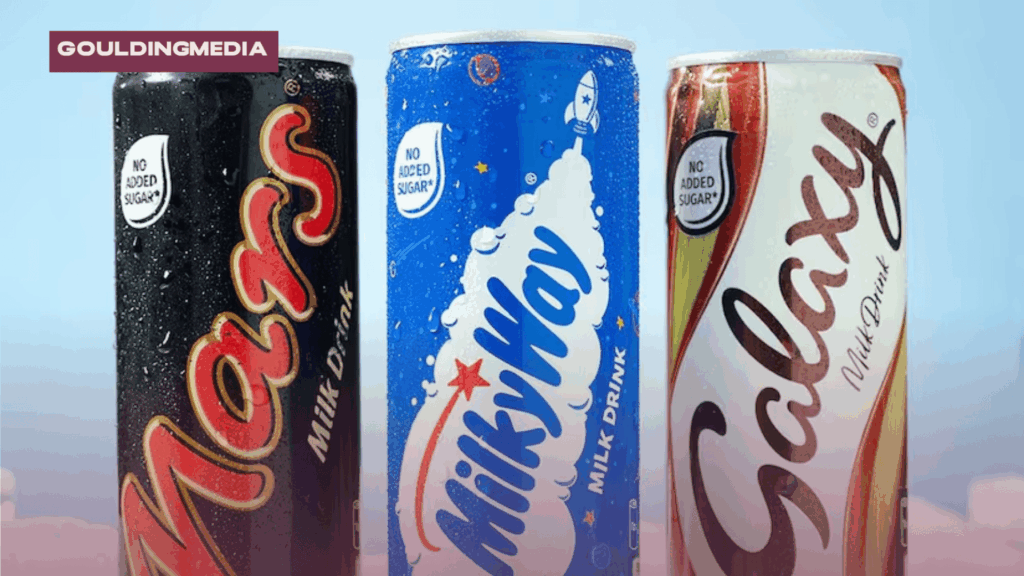
Mars is shifting its chocolate drink packaging from plastic bottles to aluminium cans — a move driven by growing consumer demand for sustainable solutions. Aluminium is not only highly recyclable but also reduces dependency on fossil fuel-based plastics. The transition highlights Mars’ broader commitment to reducing its environmental footprint while maintaining product safety, freshness, and shelf appeal.
For brands exploring sustainability, switching to widely recyclable materials like aluminium can be a significant step. It demonstrates responsiveness to consumer expectations and showcases your brand’s environmental responsibility without sacrificing functionality.
5. Cox & Co. – Paper-Based Innovation for Premium Chocolate
- Product Type: Chocolate bars
- Audience: Premium buyers, eco-conscious consumers
- Packaging Focus: Plastic-free, paper-based flow wrap, artisanal identity
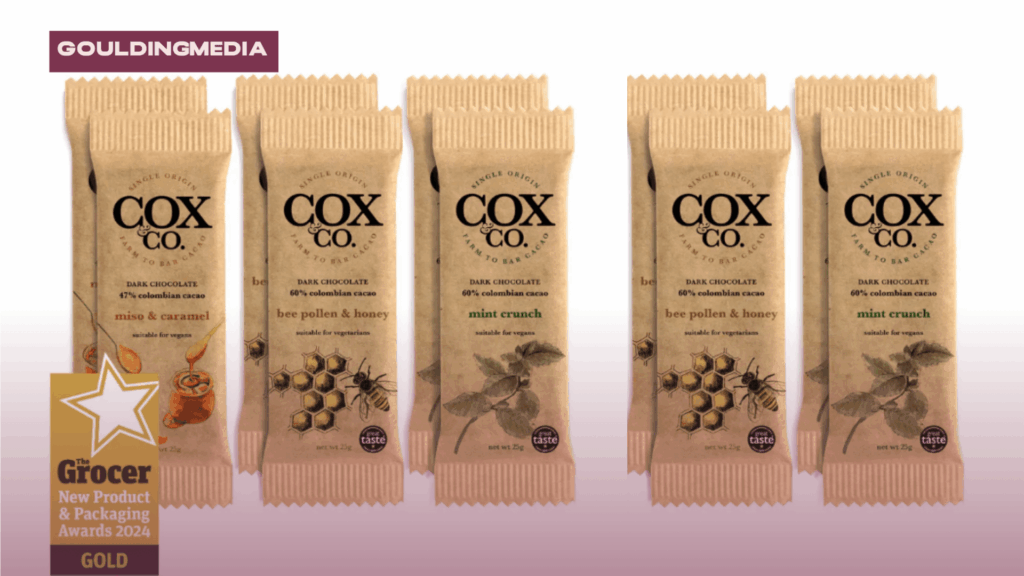
Cox & Co., a British chocolate brand, has introduced paper-based flow wrap packaging for its chocolate bars — completely eliminating plastic while maintaining product protection. The packaging complements their artisanal, small-batch image, offering a tactile, natural feel that resonates with eco-conscious shoppers. This solution aligns with consumer trends for plastic-free options while preserving the luxury appeal of premium chocolate.
If your brand positions itself as premium, craft, or natural, choosing innovative plastic-free materials can differentiate you while aligning with sustainability values. Paper-based packaging also allows for rich, textural designs that enhance perceived product quality.
Are There Industry-Specific Requirements?
Yes — and this part is critical. If your packaging comes into contact with food or skin, you may need to meet EU or UK food contact material regulations. This includes proving your materials are:
- Free of harmful substances (like BPA above regulated limits)
- Properly tested, especially if made from recycled content
Regulations like (EU) 10/2011 and the updated Regulation (EU) 2023/1627 set clear migration limits for substances like BPA in plastic packaging. If your product is affected, you’ll need to get lab testing done, especially if you’re using recycled plastic.
And don’t forget: if you hit certain packaging volume thresholds, you may also be classed as an “obligated packaging producer” under UK law. That means registering, reporting your packaging use, and paying recycling fees.
Wrapping Up
For startups and small business owners, packaging isn’t just simply a box, a bag, or a tin — it’s an extension of your brand story and is often overlooked by small businesses. But it’s vitally important, as it’s the first thing your customer sees, touches, and they will instantly form an opinion about your brand. The right packaging balances performance, presentation, and purpose — protecting your product, delighting your customer, and reinforcing your values all at once.
At Goulding Media, we understand the pressure of getting packaging right, especially when you’re working with limited time and budget. Whether you need help with material selection, compliance advice, or design that connects with your audience, we’re here to help you match your packaging to your product — and your brand.
Get in touch with Goulding Media today.

